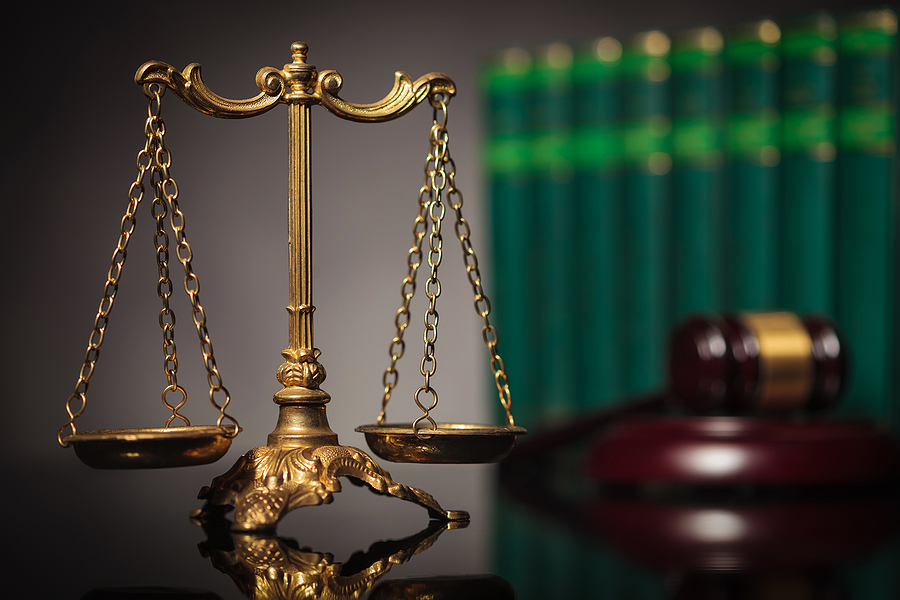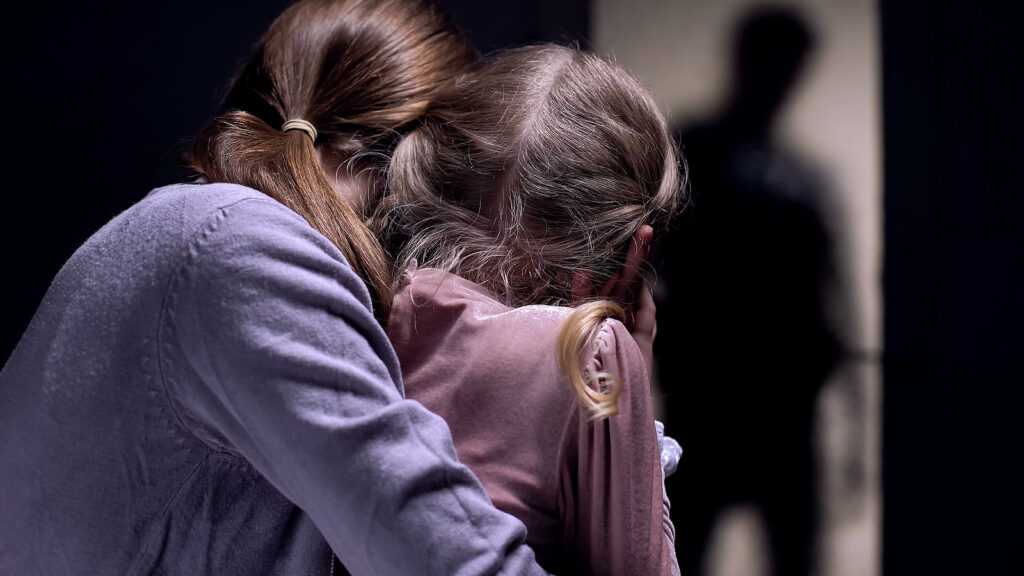No one sets out on a motorcycle ride expecting the worst to happen, but all too often, it does. More than 80,000 motorcyclists are injured yearly, and about 4,000 die in traffic accidents. Yet, in more than 80% of these accidents that involve multiple vehicles, it’s not the motorcyclist that was at fault. Knowing the causes of motorcycle accidents can help you try to ride more defensively and safely. But even at your most cautious, a reckless or negligent driver in another vehicle can make a split-second decision that could dramatically impact you.
What Are the Most Common Causes of Motorcycle Accidents?
There are multiple causes for motorcycle accidents, so many that not every scenario can be imagined in advance. Here are some of the most common.
Left Turns
This is easily one of the most common sources of motorcycle crashes and represents 42% of all accidents that feature a motorcycle and another vehicle like a car. Of course, it also happens when two vehicles are involved, rather than one and a motorcycle. But because the motorcycle is smaller than a car, the car can inflict more damage.
Head-On Collision
Just as the term implies, this happens when a car and a motorcycle meet face to face and crash. It’s not uncommon for this type of accident to happen when someone, usually the car, is trying to pass another vehicle by entering the oncoming traffic lane and doesn’t see the motorcycle coming.

The motorcycle may have nowhere to go to avoid hitting one of the two cars. Unfortunately, this type of accident can easily result in the death to one or both drivers, especially the motorcyclist.
Intoxication
Intoxication is at the root of many motorcycle accidents, both with other cars and those involving only the motorcyclist. Overall, alcohol plays an outsized role in motorcycle accidents.
Turning Corners
Turning corners while on a motorcycle can lead the rider into unexpected terrain, including water, sand, or other materials that could cause the motorcycle to slip and the rider to lose control. Even if the corner is clean and dry, taking it at high speed could lead to losing control. This can result in the motorcyclist having an accident, which could also involve other drivers.
Switching Lanes
Another common cause of motorcycle accidents occurs when someone is changing lanes and doesn’t see that there’s a motorcycle in the lane they want to move into. They may be side by side, and the car driver doesn’t notice them. Motorcycles can easily disappear into blind spots, and if the car driver isn’t careful to not only check rearview mirrors but actually turn their head, they can miss them. This type of accident provides almost no warning to the motorcyclist, who may not notice the car veering into the lane until it’s too late.
Speeding
One of the benefits people perceive in motorcycles is they can be enjoyable to ride at high speeds. Unfortunately, there are legal ramifications to that if the speed exceeds legal limits. The rider might be going within legal speeds, but if road conditions are not ideal (rainy or icy, debris, low visibility, etc.), the legal speed is probably more than someone should use. The faster someone goes, the less control they have and the less time for reflexes to kick in. This applies to both cars and motorcycles.
What Can I Do Legally if I’m in an Accident on my Motorcycle?
This type of accident falls under the category of law known as personal injury. An experienced personal injury attorney can help evaluate your case and determine what kinds of claims could be made. When the motorcyclist is not at fault (and remember, this is the case more than 80% of the time), there can be legal ramifications for the other driver.
How Can I Stay Safe While Riding a Motorcycle?
Even if the accident is not your fault, lawyers for the other side can try to damage your case by pointing out ways you might have been unsafe.

Here are just a few things to build into your motorcycle-riding routine to protect yourself in general and to protect yourself in a negotiation or in court.
- Wear a helmet. Riding a motorcycle without a helmet does provide a great sensation of really being outdoors. But it’s well established that helmets increase safety. The International Institute for Highway Safety reported that helmets are about 37% effective in keeping someone alive in an accident and 67% effective in helping prevent brain damage.
- Take a motorcycle safety course. There are multiple courses, from very beginning motorcycle riding to more advanced courses. Learning from experienced pros could not only help you on the road, it could show a judge or jury how seriously you take safety.
- Wear protective gear. Just as going without a helmet can seemingly increase the enjoyment of being outdoors, skipping the protective gear in favor of shorts and tank tops can feel freer. But if there’s an unexpected accident–and they’re usually unexpected–lack of protective gear can lead to more serious injuries.
What Should I Do if I’m Involved in an Accident While Riding My Motorcycle?
Call or text me at 617-227-8383 to request a free consultation as soon as possible. Don’t talk to the other driver’s insurance company; they’ve been hired to ensure the insurance company pays as little as possible in a settlement. They don’t have your best interests at heart, but those of the insurance company. If the other driver’s lawyer tries to contact you, the same applies–and it’s an excellent idea to bring in your own attorney at that point, because an experienced attorney will know what tactics they’ll use to try and avoid having their client held responsible for the accident. Having a knowledgeable personal injury attorney on your side provides your best opportunity for justice.






